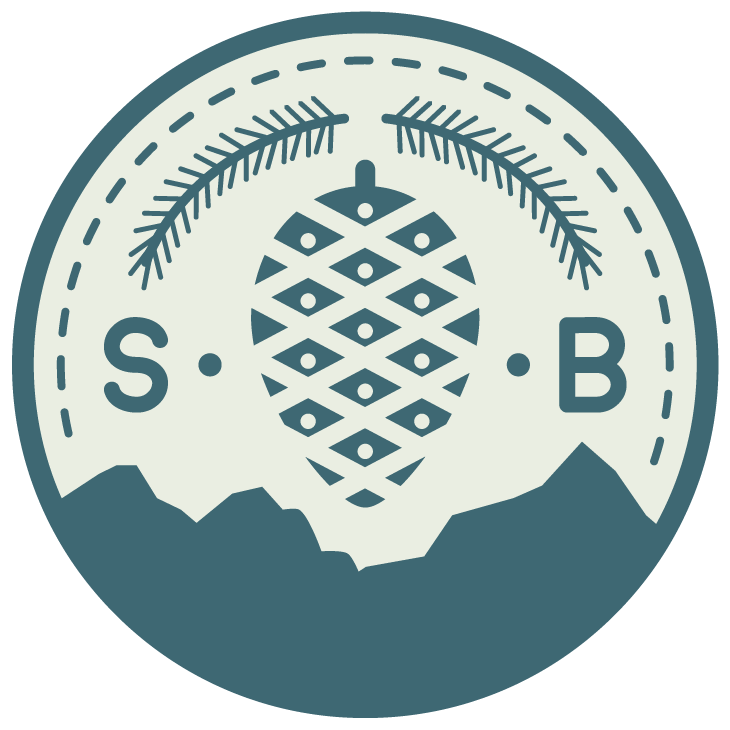Breathing Colour
If you work in graphic or web design, then chances are that color has slowly become a number to you. When working in Photoshop, Illustrator, or pretty much any web design platform, colors are numbers. You don't look for the word white; you choose #ffffff. It's not dark red; it's Pantone 188. In the design world, colors are not esoteric concepts because they can't be. Clients can have strict color requirements, and eyeballing it doesn't cut it. Over time, this has resulted in several different systems geared toward quantifying color in order to help us replicate it perfectly from screen to paper. But doesn't this sort of take all the magic out of color?
Hella Jongerius seems to think so, and she responds to this over-corporatization of color in her recent exhibit at The Design Museum in London, Breathing Colour. The goal of her exhibit is to "inspire us to look to look more deeply at color". The exhibit consists of objects of varying shapes and textures positioned in a way that enables light to reveal how color behaves. Part of the thesis is how an object's color changes with the light throughout different times of day, and a lot of work went into arranging the overhead lights in the exhibit to simulate these changes indoors. The three areas of focus that divided the exhibit are Morning, Noon, and Evening.
Jongerius's exhibit not only encourages you to see the fickle nature of color as it interacts with light, but it also makes color almost tangible. At least, I was fighting every urge to touch the exhibit. This makes sense, considering Jongerius has worked as an industrial designer for several major textile and furniture companies. Her work is usually meant to be handled. I resisted the urge but acknowledged the effectiveness in which she achieved her goal of demonstrating how texture can influence the behavior of colors.
A particular favorite of mine was this assortment of crystalline shapes with varying degrees of transparency. To me, it was just like looking at a physical representation of an opacity slider that you see most color selecting interfaces in design programs. But in this format, you're encouraged to see different standalone colors rather than the varying grades of transparency of the same color. The same principle applies to the geometric shapes below, only this time it is a representation of contrast and brightness. These arrangements also show the viewer how some colors reflect light more strongly while others do a better job of absorbing the light.
Arguably the centerpiece and the most ambitious piece of the exhibit was Jongerius's personal study in color, which was carried out through these vases below. These porcelain vases were painstakingly created through combinations of old mineral-based glazes and industrial color transfers over a 7-year period to create a complete set of 300 vases (the exhibit would not be big enough to hold the full set). Other than the sheer volume and time it took to complete this set, the most impressive aspect to me is the mineral-based glazes used to color the vases. There's actually quite a lot of chemistry involved. The over 150 traditional glaze recipes contain copper, cadmium, zinc, titanium, and other oxides, which are applied as a base layer with a second layer of synthetic, modern glazes on top.
Vases could be seen everywhere you look in this exhibit. While the porcelain vases portrayed differences in color intensity on a surface level, these geometric pieces serve as vessels for light. This arrangement is in the Noon section of the exhibit and demonstrates how the most direct, intense light of the day creates strong contrasts and saturated colors, which can be seen in gradients on the geometric, angled surfaces of the vases.
The final section of the exhibit, Evening, encourages viewers to see shadows as more than just a colorless layer of grey. This particular arrangement of different shapes conveys how variable the intensity of shadows can be, depending on both the object's shape and the position of the light. The further away a shadow strays from an object, the more distorted and blurry it becomes. The shadows projected onto the objects themselves reveal a spectrum of dark, muted colors far more complex than the mind usually allows itself to interpret at night.
While Jongerius is extraordinarily talented and has a better grasp on understanding and utilizing color than most, I left feeling conflicted about the goal of the project. It's true that meeting client color requirements - especially in print - can be an arduous trial and error process. This necessitates a system to keep things like corporate branding consistent. The color systems aren't going anywhere anytime soon. However, Breathing Colour did make me see color differently. Instead of simply seeing shadows on a crumpled-up shirt on the floor, I see the multiple shades of blue yielded by the light. Going forward, I intend to incorporate this more nuanced perception of color into my projects. Instead of long hours spent looking at color sliders, I'll be outside trying to capture some more lively palettes of the world outside as it interacts with natural light. ◉
Written by Seth Barham


